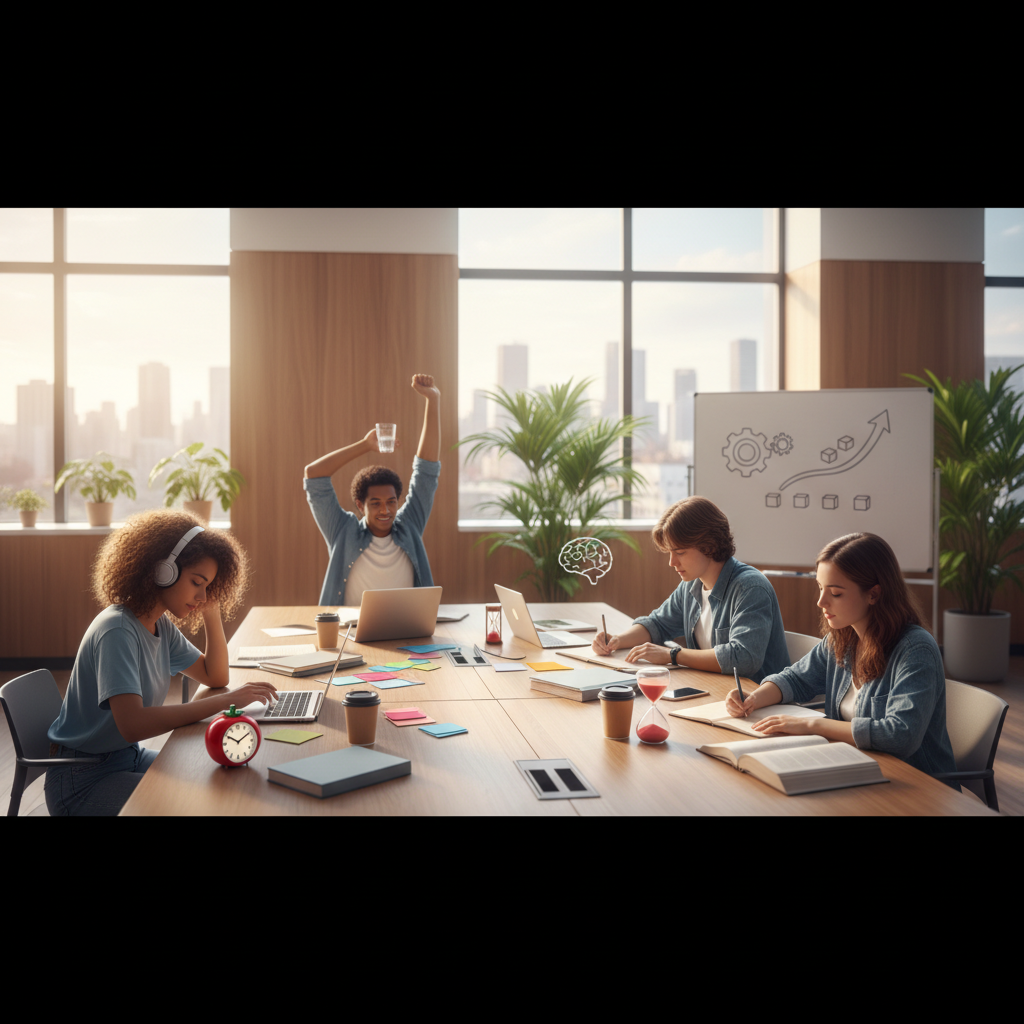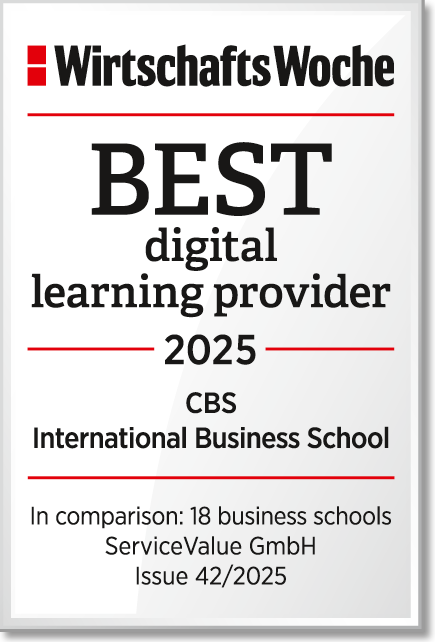
Digitalization describes the change from analog business processes to electronic-assisted processes using information and communication technology, often called the fourth Industrial Revolution. Technological changes, as part of the process of digitalization, that externally have lead to a new customer experience, internally have impacted the working environment of a company. Welcome to the fourth Industrial Revolution!
The new working environment
The new working environment is characterized by three main trends, influencing business processes significantly:
1. Computing everywhere: This trend includes the merging of real and virtual worlds. Working processes will take place in different environments (for example individually at the work place, one the way mobile, or in collaboration between virtual networks) and in different contexts (for example in the virtual and real world with mixed reality). This enables the autonomous control of value creation processes.
2. Intelligence everywhere: Employees get technological support and access to immeasurable knowledge in different working contexts.
3. Creation of a new IT reality: Employees may use their private devices and systems such as mobile phones, laptops and mail-systems at work. Social solutions support the collaboration and communication at work. The availability of system on smartphones and tables makes the usage and maintenance of data anywhere at anytime possible. Data is collected through Cloud Computing and also enables remote access to it. Big Data describes the smart usage of mostly unstructured, fast changing data of high volume.
Augmented Reality
This trends takes video games on a new level, but there is way more to it than that: One technological innovation that has changed the working environment is augmented reality. Augmented reality is ‘the integration of digital information with the user’s environment in real time’. It uses the existing environment and overlays new information on top of it, for example generating sensory input such as sound, video, graphics or GPS data. The results are specific technology functions caused by enhancing one’s current perception of reality.
Thyssenkrupp elevator: Digitalization transformation at its finest
One example for the use of augmented reality in the real working environment is thyssenkrupp elevator, a German industrial company, using the new technology in intelligent glasses from Microsoft, called HoloLens. HoloLens combines augmented reality and virtual reality (Mixed reality), allowing a user to display interactive 3D projections in the immediate environment, supported by a Natural User Interface. Gestures, speech and head movements of the user control the glasses.
Since 2016, HoloLenses are used to support service technicians at thyssenkrupp’s elevator service to reduce maintenance time significantly. The most important advantage of this new technology is that service technicians can visualize specific details of an elevator before visiting a customer. The implementation of the HoloLens has served as a compliment to MAX, a cloud-based predictive maintenance solution. Implemented in 2015, MAX has connected thyssenkrupp’s sensors and its system in its elevators to the cloud.
During maintenance, HoloLens enables the access to all technical information of the elevator, stored in the cloud, as well as the support by an expert via video transmission with the advantage of having both hands free.
New working environment - new skills
With the change in technology and automation of business processes, new skill requirements on employees have emerged. How is present and future employability characterized?
On the level of professional skills it is important for employees to adapt to the technological changes. Competences that enable to deal with IT, Big Data and Artificial Intelligence are important. Also, a programming competence as well as a sensibility with Data and an understanding of IT security may be an advantage.
To go with the change an innovation competence, visionary thinking, as well as a competency for Change Management, are shown to be useful method skills. Another important aspect is the willingness of lifelong learning, paired with a positive handling of ambiguity and complexity.
Where will the fourth Industrial Revolution lead?
Augmented Reality and Cloud Computing are only two examples for technological changes currently taking place. The working environment will significantly change in the next decades: in my opinion, especially upcoming developments in Artificial Intelligence will have a major impact on the working environment, further automating business processes. At the same time we have to critically question some developments, since they also may have negative impacts such as not only supporting people in their work but also replacing them.
What do you think are technologies that have principally changed the working environment? How do these technologies influence employees? And what might be negative impacts of these technologies? Let me know in the comment section below.
















